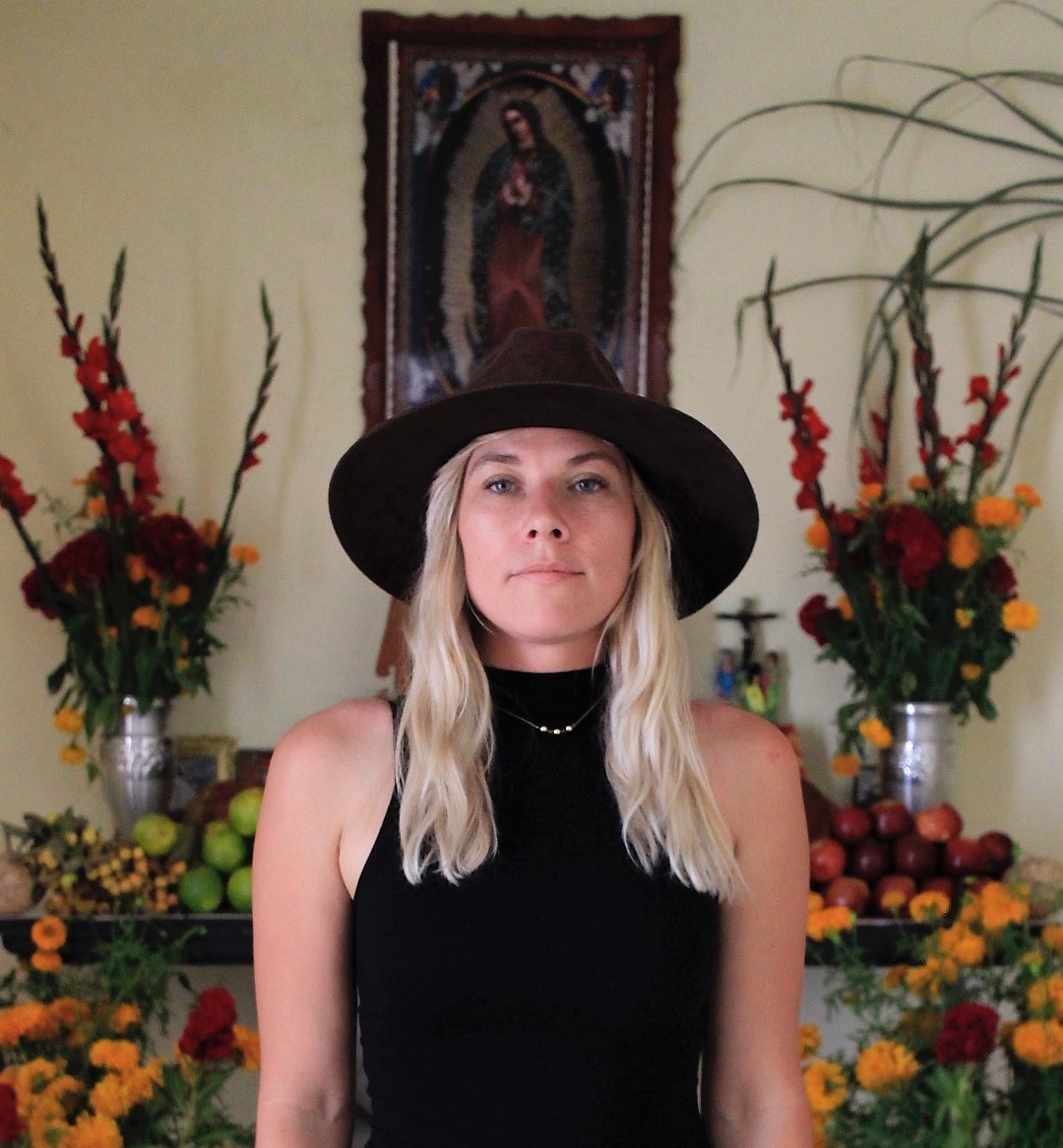
I arrived to Oaxaca, Mexico ready to start learning and exploring, unfortunately my body had other plans. Not only did I have farm visits and natural dye workshops booked it was Dia de los Muertos (the Day of The Dead) while I was visiting. This is probably the most important time to visit the state of Oaxaca, it is also the busiest. This meant I had no time to loose and plenty to see outside of my workshops. But as soon as I was settled into my airbnb in Oaxaca I started feeling ill. Before arriving in Oaxaca I had stopped by my families house to leave my car there for the duration of my trip and for a free ride to the airport. Only to find out that everyone in the house had a fever. Despite me telling everyone that they ‘better not get me sick’… they did. I got the flu for almost 3 days out of my 10 day trip in Mexico. This meant that I missed out on my opportunity to visit the only running cochineal farm left in Oaxaca. Luckily I still got to dye with Oaxacan cochineal at one of my later workshops, Ill just have to return to Oaxaca and try to visit the farm again. While I didn’t get to see the hands on farming and processing of the cochineal I still learned a great deal about this from the many Oaxacans I met.
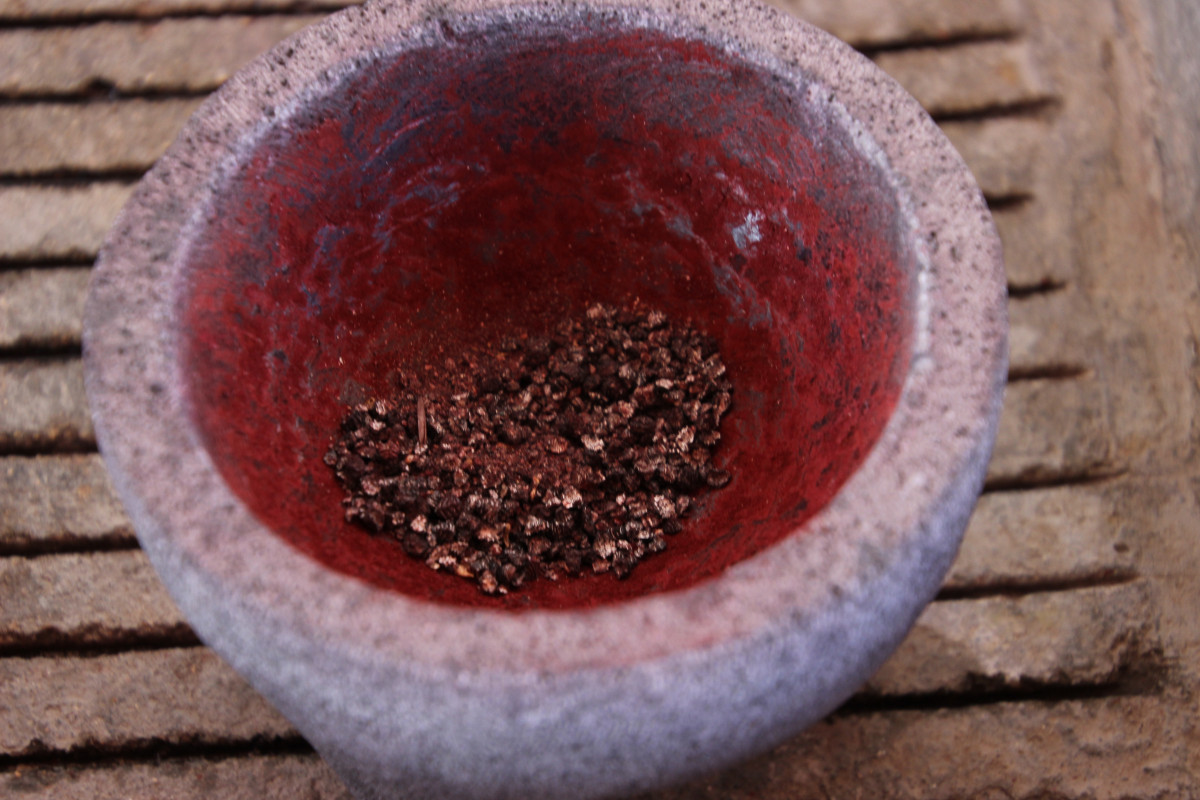
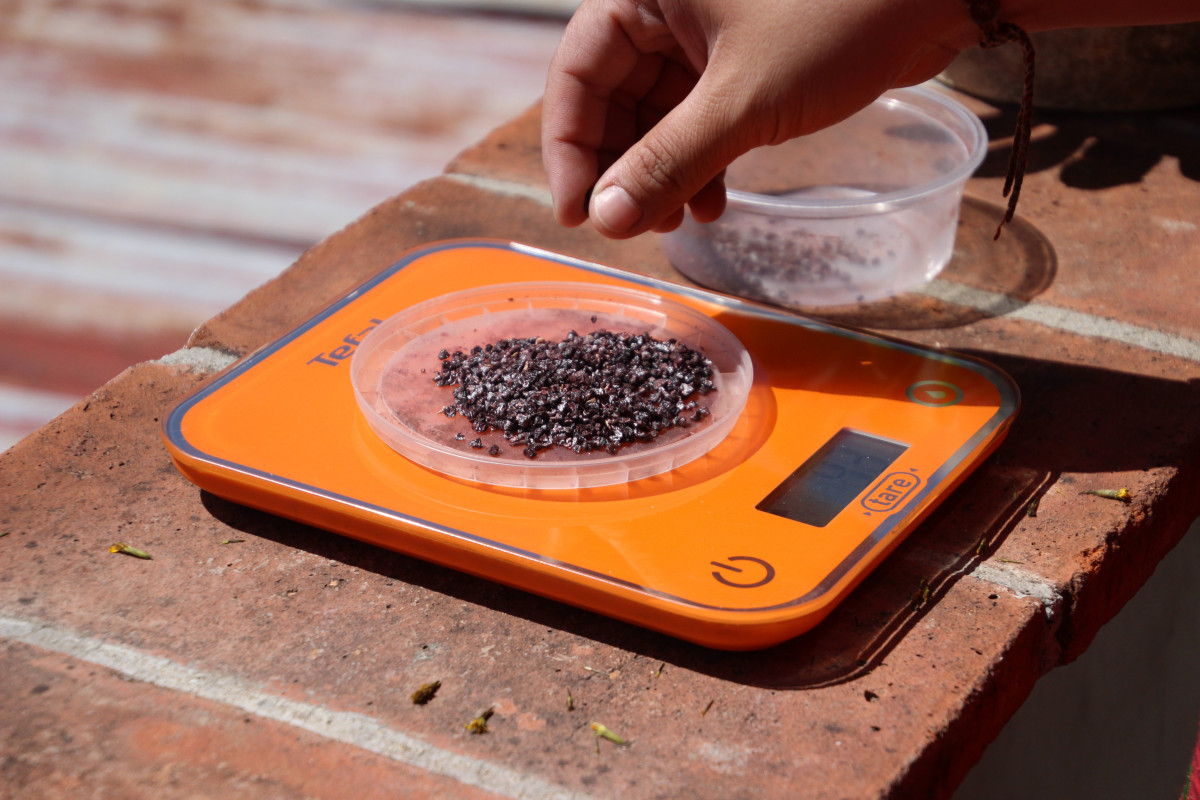
Cochineal:
Dactylopius coccus-Coccidae-Dactylopiidae. First off cochineal is a bug, native to the tropical and subtropical regions of the Americas. Many sources claim that cochineal is specifically native to Mexico’s highlands (Oaxaca) and the Andean mountains of South America. Cochineal are small, dark purple in color, soft bodied, oval shaped scale insects. The females are wingless and about 5mm long. The males have wings and are much smaller than the females. Cochineal feed on cacti, mostly the opuntia (prickly pear cacti). There life cycle is pretty interesting and amazing. Female cochineal cluster on the cacti while feeding, once they begin feeding they do not move again. They secrete a white wax over their body protection. The males fly around in search of a mate and only live long enough to fertilize eggs. When the new cochineal reach nymph (crawler) stage they create long waxy strings which are caught by the wind, hopefully carrying them to new host cacti. If this tactic does not carry them to a cacti host and they land on the ground they will starve.

Cochineal are farmed by planting ‘infected’ cacti pads or placing cochineals on the cacti. Another tactic is to place small baskets called Zapotec nests full of fertile cochineal on the cacti. The dye comes from the female insect, to harvest these bugs for dye they are brushed from the cacti they are feeding from and either boiled in hot water, steamed, dried or baked. The entire body is used to obtain pigment and it takes around 70,000 insects used to make only one pound of cochineal dye. The outcome is a bright and deep red, crimson, orange, pink or scarlet color. In various studies it was found that cochineal evolved to have red pigment as a defense mechanism. The carminic acid is a repellent for predator insects, but some of these predators have co-evolved the ability to consume this chemical. A few of these predators now use this acid as their own defense mechanism, vomiting, defecating or secreting the red acid when they are threatened. There are a few other insects that produce a red color such as Kermes, but the color is known to be inferior to cochineal. Cochineal is boiled in water to obtain the cochinealin (carminic acid) which is what creates the pigment. Cochineal was a large part of Mexican culture and economy, yet once synthetic dyes were invented the cochineal tradition died out. Luckily there are still some families and businesses which believe in the importance of traditional Oaxacan textiles and have kept this pigment alive today. Cochineal is still used today, mostly to make the pigments named carmine, crimson lake, and ‘natural red 4’, but it is primarily used in cosmetics and cooking.
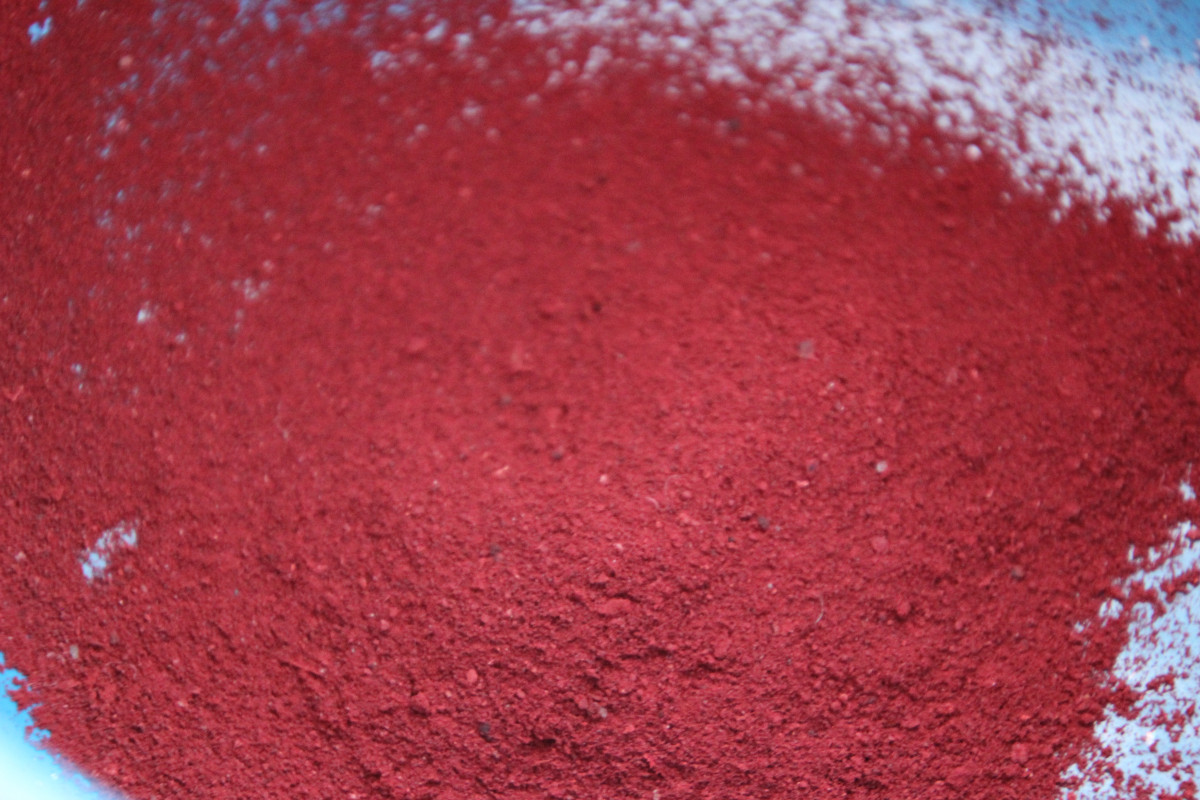
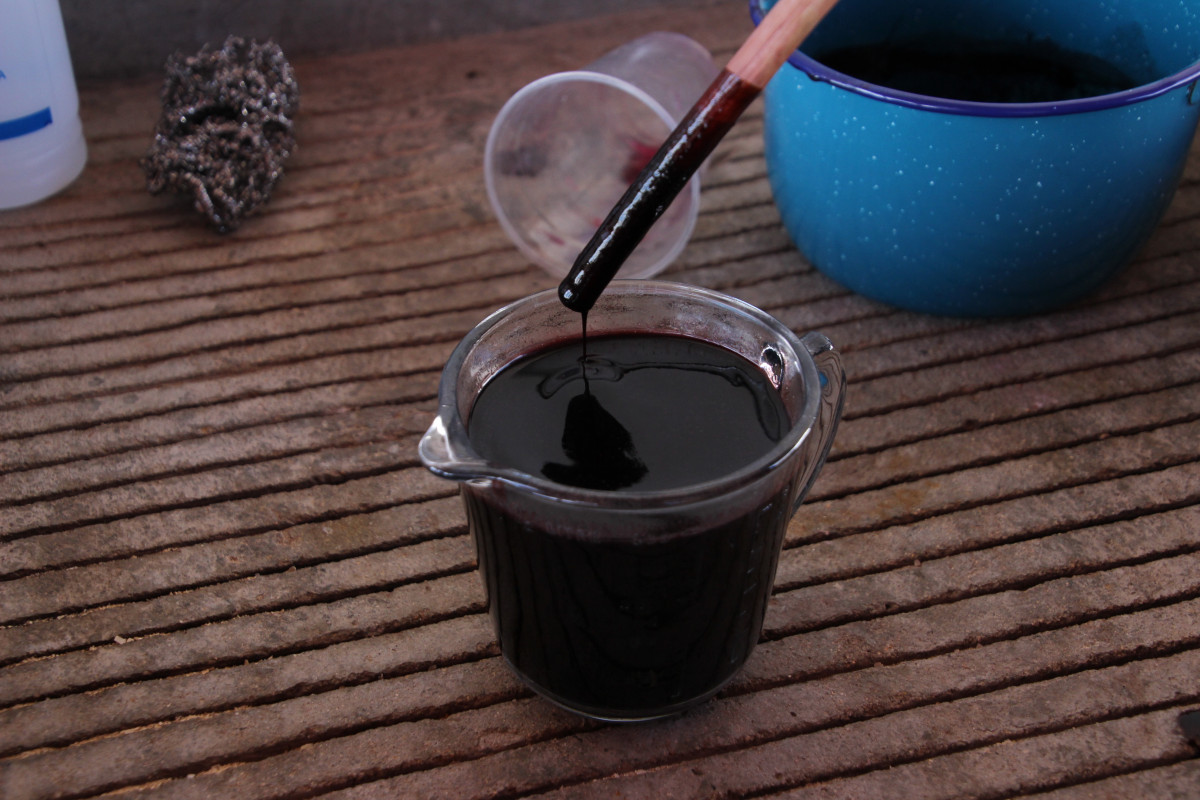
Historically Cortes was so impressed by the vibrant color produced by cochineal he took it back with him to Spain, where the dye became extremely popular and spread across the globe. Cochineal dye’s monetary value was so high that its production was a Spanish state secret and pre-Columbian codices describing its use were destroyed to prevent piracy. The high demand and value of cochineal required a great workforce to meet the global needs for the new invention of such a vibrant red pigment for textiles. This meant that those that sought to profit from this new industry enslaved the Mexican and African populations to farm and process cochineal. This almost demolished the spiritual, religious and cultural significance, market and traditions that cochineal held for indigenous populations. Currently with more concern about the negative effects of synthetic dyes, cochineal has become once again a more profitable industry since the 1970’s. Today Peru is cochineal’s biggest exporter.
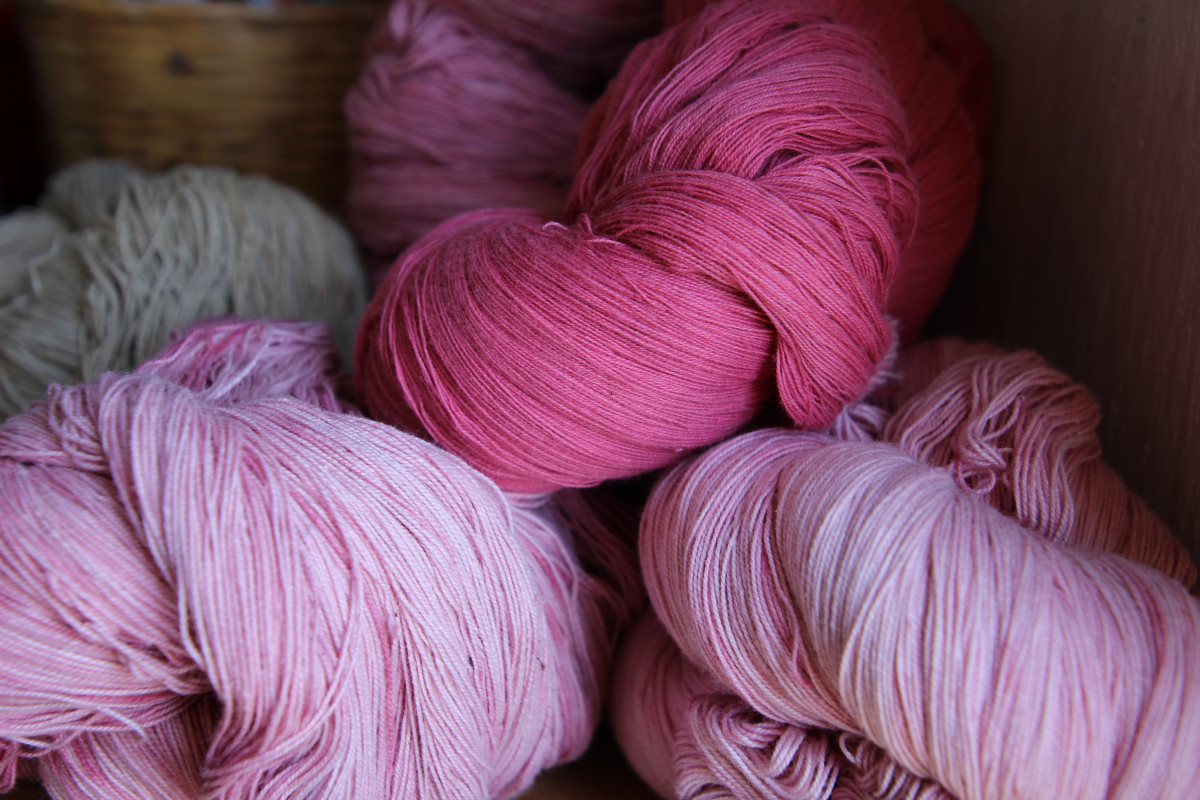
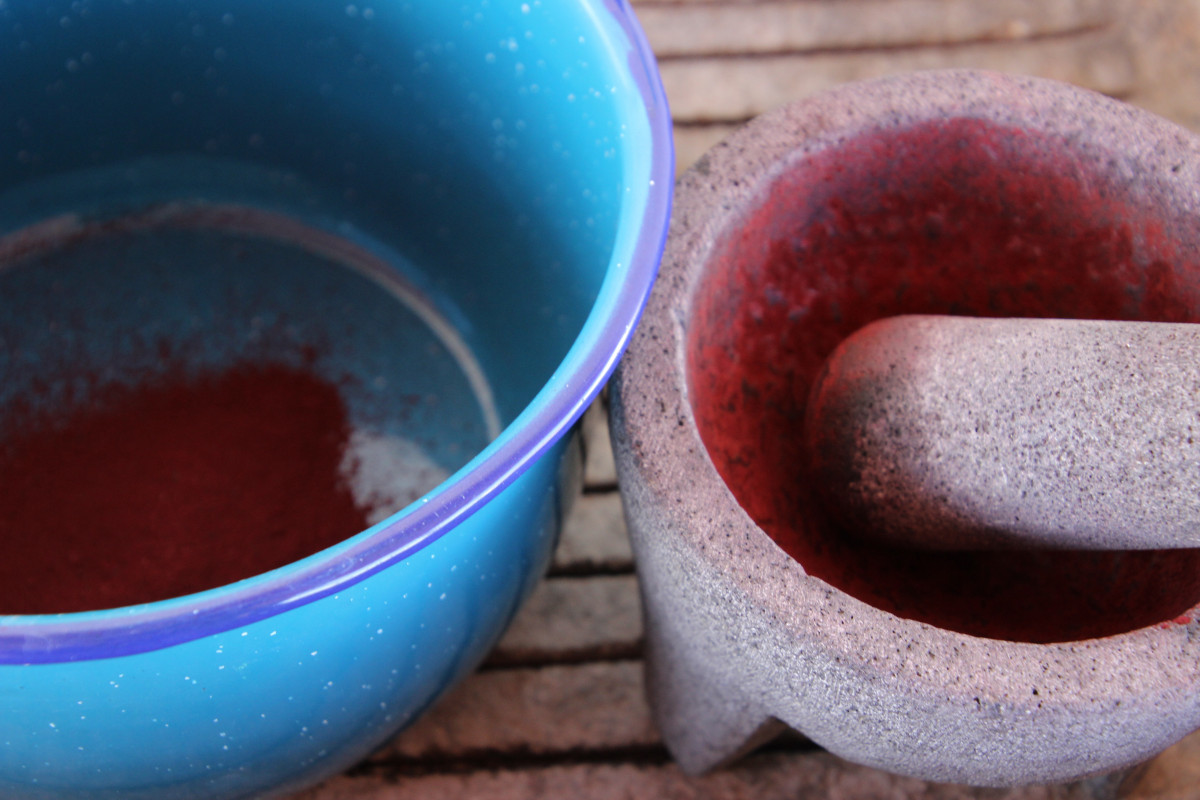
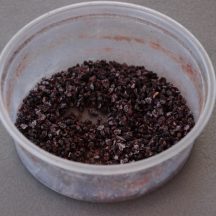
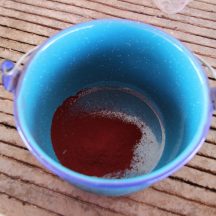
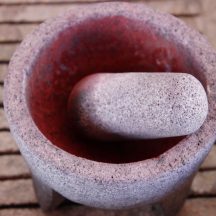
natural color from nature is the best, can i share it?
I am just seeing this! yes please do share 🙂